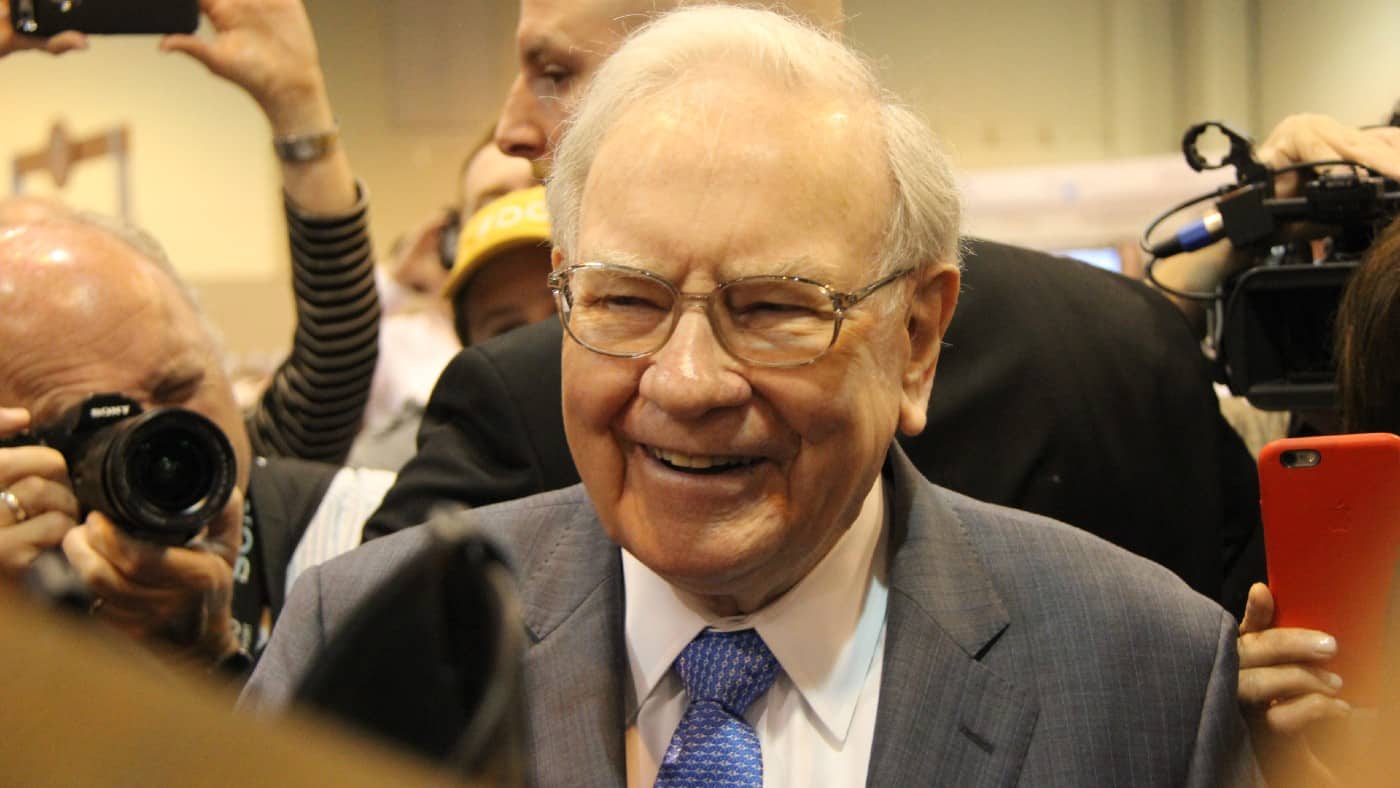Image source: Getty Images
It’s estimated that the average person in the UK today has around £11k in savings. That’s easily enough to start investing in the stock market and build up a nice second income.
Let’s assume I keep back a couple of grand for emergencies (always advisable) and want to invest the rest in the stock market. Here’s how I’d go about it.
Start investing
A Stocks and Shares ISA would be my first port of call. Investing in one of these would shelter my gains from tax, helping boost my overall wealth in the long run.
I’d want to open an ISA with a reputable broker that offers lots of investing choices. Unfortunately, some of the newer trading apps don’t provide access to a wide range of stocks, investment trusts, and exchange-traded funds (ETFs).
Please note that tax treatment depends on the individual circumstances of each client and may be subject to change in future. The content in this article is provided for information purposes only. It is not intended to be, neither does it constitute, any form of tax advice. Readers are responsible for carrying out their own due diligence and for obtaining professional advice before making any investment decisions.
Own the world
Once I’ve done this, I could pursue an ‘own-the-world’ strategy. This would involve building a portfolio of ETFs that give me exposure to the entire globe, including emerging market regions like Latin America and Southeast Asia. Doing so should enable my portfolio to benefit from expanding middle classes in up-and-coming economies like Brazil, Mexico, India, and Vietnam.
One ETF that I’d also consider including in this portfolio is the iShares Edge MSCI World Quality Factor UCITS ETF (LSE: IWQU). This is a global tracker fund of high-quality companies that have strong and stable earnings. These tend to outperform over time.
Top 10 stocks (as of September)
| Name | Weight |
|---|---|
| Nvidia | 5.7% |
| Apple | 4.9% |
| Microsoft | 3.9% |
| Meta Platforms | 3.7% |
| Visa | 3.1% |
| Eli Lilly | 2.4% |
| Mastercard | 2.4% |
| Novo Nordisk | 1.9% |
| ASML | 1.8% |
| Costco Wholesale | 1.7% |
In the five years to 30 September, the ETF returned 89.4%, smashing the FTSE 100. Year to date, it’s up 20% (similar to the S&P 500).
One risk to bear in mind is that this fund has a sizeable 24% weighing towards technology stocks. If they were to fall out of favour with investors, then the ETF would likely underperform for a while.
Getting picky
Alongside (or instead of) this strategy, I could invest in individual shares. This carries more risk, as I might end up picking companies that encounter unexpected challenges.
Take CVS Group, for example, which is a leading UK veterinary services provider. It’s no secret that Britons love their pets, with a growing number even letting their furry companions sleep in the same bed. Many owners also take out finance to cover expensive vet bills if their pets aren’t covered by insurance.
Given this, CVS stock might have looked like a ‘no-brainer’ stock. But last year it fell off a cliff after an investigation was launched by the regulator into anti-competitive pricing within the veterinary sector.
The lesson here is that returns (including dividends) aren’t guaranteed. This is why it’s important to have a well-diversified portfolio. If a couple of stocks turn into lemons, then my other investments should ideally take up the slack and drive returns.
Reaching my goal
Let’s assume my ISA returns 10% a year. This isn’t assured, but it is the rough long-term global average. In this case, my £9,000 would grow to £157,044 after 30 years.
At this point, I could re-jig my portfolio to focus purely on dividends. If it were yielding 6.5%, that would equate to £10,207 in annual passive income. However, it’d very likely be much higher if I were to take full advantage of my ISA and invest regularly.
Credit: Source link














